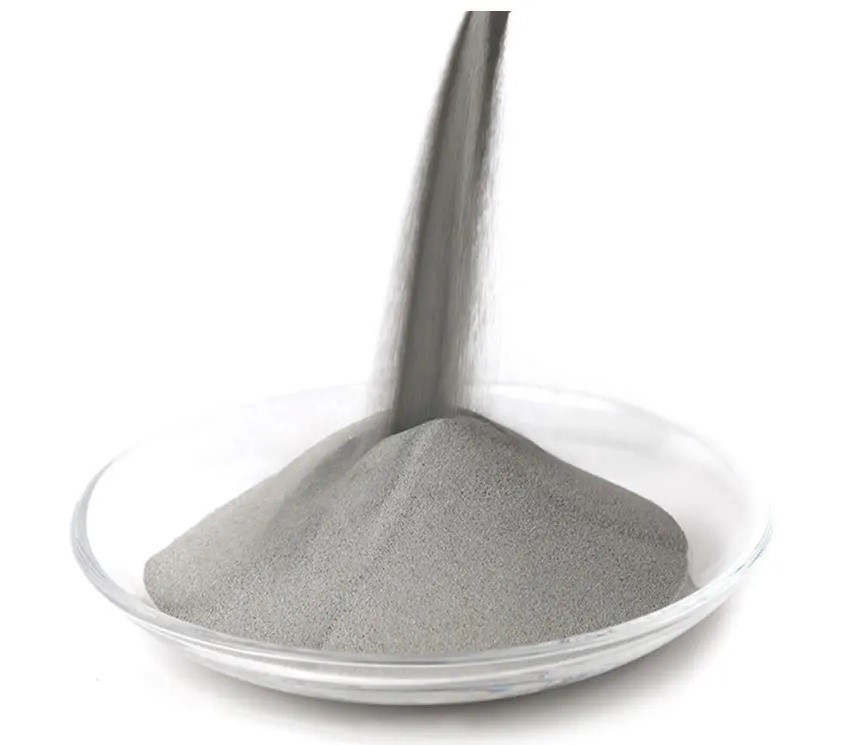
One of the important properties of tungsten powder is particle size. The smallest powders are less than one micron and coarse powders can be over 100 microns. While each individual particle has a distinct size and shape, the average particle size is the most common way to charaterize a blended lot of tungsten powder.
An industry standard for particle size is the Fisher Sub Sieve Sizer (FSSS). The technology is from the 1940`s, but it still provides a uniform measure of particle size throughout the industry. It works on the principle of air permeability to produce quick and consistent results. An average particle size detemined this way is know as a Fisher number, or FSSS number.
Particle size is an important property of tungsten powder and can affect its density, densification rate, hardness, and sintering process:
Density: Tungsten carbide cemented carbide's density decreases as the particle size of the tungsten carbide increases. For example, a tungsten carbide powder with an average particle size of 100 nm has a cemented carbide density of 91.22% after sintering.
Densification rate: The densification rate of tungsten powder increases with particle size during the rearrangement stage, but decreases during the intermediate and final sintering stages.
Hardness: Increasing the particle size of tungsten carbide powder decreases the hardness of tungsten carbide cemented carbide.
Sintering process: Smaller tungsten particles require higher sintering temperatures and compacting pressures to achieve desired densities.
The traditional Fisher Sub Sieve Sizer was a staple in the measurement of tungsten powder for many years. However, its operation is becoming not very user-friendly in nowadays working surroundings.
The major drawbacks is its inability to work with computers. In today's digital age, this can be a significant disadvantage. Manual data entry can be time-consuming and has potential risk to get errors.
Furthermore, the measuring results has to be read on a chart with operator's naked eyes. This can be problematic as human error can easily occur.
Nowadays, people pursue working efficiency, so it is becoming important to save and print out the measuring results conveniently. In a laboratory setting, it is essential to have records of all measurements for future reference and analysis. Without the ability to easily save and print out results, this can be a cumbersome and time-consuming process.
We are the only manufacturer in China who focus on the development of better Fisher Sub Sieve Sizer for decades. We are proud of our AutoFSSS (automatic Fisher Sub Sieve Sizer) that can overcome above disavantages and provide better accurancy and experience in use.